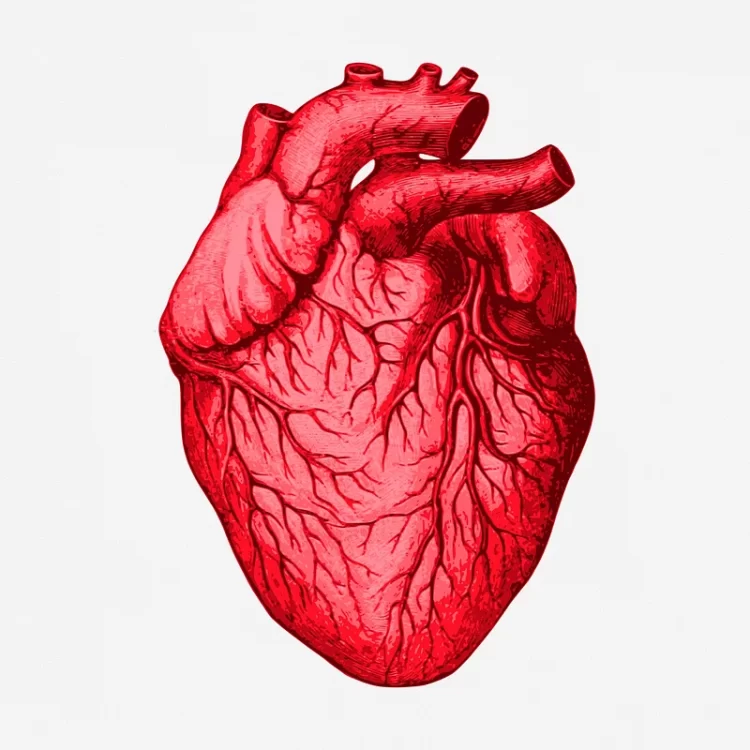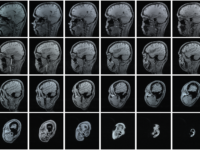On Sept. 3, 2023, my grandpa suffered a minor acute heart attack. Left without many options, we turned to a form of cardiac surgery called an angioplasty. Despite the doctor’s initial confidence in the surgery, the heart attacks intensified, and my grandfather fought hard until the moment he passed away. After the surgery, the doctors told us that plaque had accumulated in all three of his major arteries, each 98% closed.
Atherosclerotic cardiovascular disease (ASCVD), caused by a buildup of plaque in the arteries, stands as the silent architect of heart disease and heart attacks, contributing to 32% of the world’s deaths in 2019. With about half of Americans over 45 having Atherosclerosis, surgical techniques such as angioplasties are becoming increasingly common. However, these surgeries are risky: 1 in every 50 angioplasties ends with the patient experiencing major complications leaving many patients and doctors unsure of how to go about cardiac surgery.
Having been through this experience with my grandfather, I wondered if there was a way to predict the outcomes of these surgeries for ASCVD, and as a result, if perhaps we could better prepare and make more informed decisions in the fight against this deadly disease. Now that researchers have begun to examine machine learning’s predictive power, a new study has applied the method to predict the outcome of ASCVD surgeries. The researchers say the results are promising.
“1 in every 50 angioplasties ends with the patient experiencing major complications leaving many patients and doctors unsure of how to go about cardiac surgery.”
In their new study, the team of researchers from Brown University, led by Dr. Adeel Abbasi, put machine learning’s prowess in predicting cardiac surgery postoperative outcomes to the test. Focusing on identifying complications such as postoperative hemorrhage (bleeding from a damaged blood vessel), venous thromboembolism (when blood clots form in the veins and block blood flow), and stroke, the team used a dataset boasting 662,772 subjects and 240 patient variables to unmask the greatest risk factors for ASCVD surgery complications.
The remarkable accuracy of the model — ranging between 92% and 97% accuracy in ranking the severity of postoperative outcomes within the dataset — highlights its robustness and dependability in predicting patient outcomes after cardiac surgery. What distinguishes this model’s effectiveness is its emphasis on postoperative variables as the primary contributors to outcome prediction, surpassing the significance of preoperative and intraoperative factors. More specifically, the model identified two key postoperative variables, including the quality of mechanical ventilation and the early detection and treatment of new postoperative arrhythmias.
To improve postoperative surgery outcomes and enhance patient outcomes, researchers and doctors can focus on these areas as they currently stand and how they can be developed even further. While the expanding horizon of artificial intelligence in healthcare begs further exploration, ongoing initiatives aiming to identify ASCVD demonstrate promise in reconstructing the traditional landscape of cardiac care. In this ever-changing world, contagious hope persists in the minds of patients’ families all over the world. If you ask any patient what their greatest accomplishment in life is, so many will say that it’s their family. Sharing my grandfather’s heartbeat is mine.



